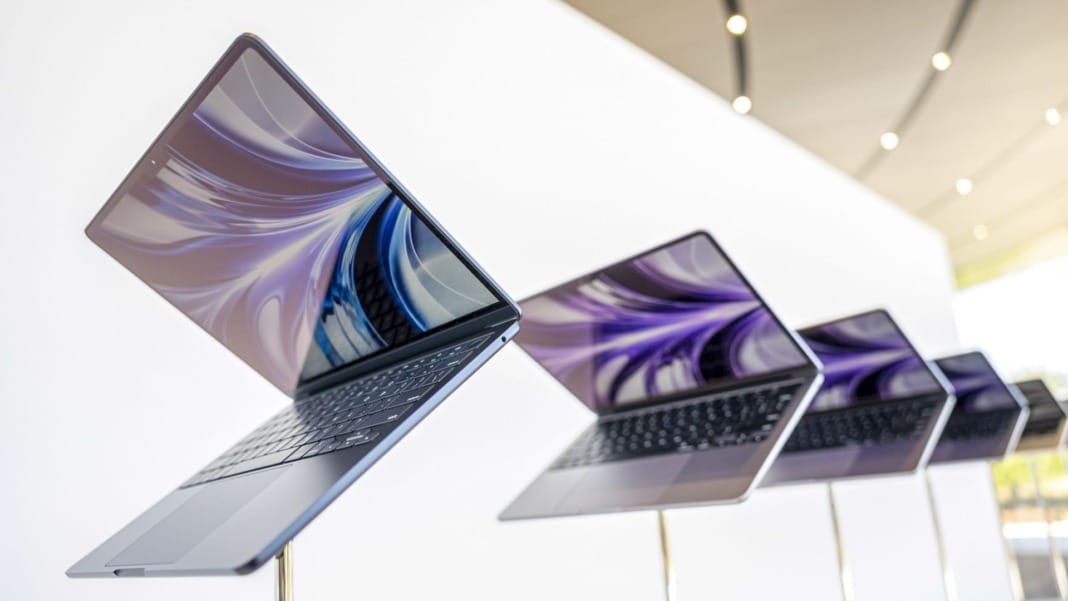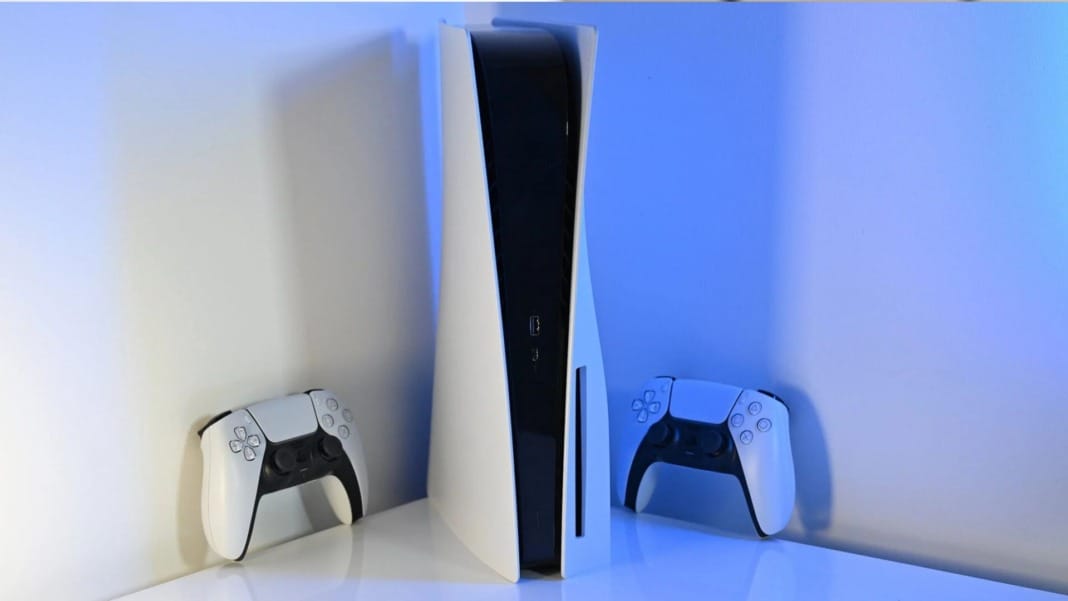Reports suggest Apple’s plan to introduce an OLED display for the MacBook Air by 2026 could face setbacks due to high production costs. Although OLED technology for the MacBook Pro appears to be on track, the price increase linked to these displays poses a unique challenge for the more budget-friendly MacBook Air.
Balancing OLED costs with affordability
For many, the MacBook Air’s appeal lies in its affordability, making it a popular choice for students, first-time Apple users, and anyone looking for a reliable laptop without the high-end price tag of a Pro model. However, increased production costs associated with OLED displays could disrupt this balance.
OLED displays, known for their vibrant colours and sharp contrasts, have become a premium feature in Apple’s lineup. While OLED may attract users to the MacBook Pro, introducing it to the MacBook Air will likely raise the price significantly. A recent report from The Elec, a Korean news source, suggests Apple’s entry-level MacBook could struggle to compete with the costlier hardware.
This struggle to balance price and quality isn’t new for Apple. The 2024 OLED iPad Pro launched with high expectations, but sales fell short of initial targets. Initially, Apple aimed to ship 10 million iPad Pro units within the year, but revised projections now place sales at 6–7 million units. With these numbers in mind, Apple may fear that upgrading the MacBook Air to OLED could deter budget-conscious consumers.
High-end displays better suited for MacBook Pro
In contrast to the MacBook Air, the MacBook Pro may be able to handle the OLED price increase without losing its market appeal. The Pro series typically attracts professional users, creatives, and enthusiasts who prioritise high performance and are willing to pay for premium features, including the enhanced display.
The high-end 2026 OLED MacBook Pro models, priced as high as US$7,000, will reportedly use Tandem OLED technology—two stacked panels that promise better brightness and reduced burn-in. These specifications align well with the Pro’s target audience, who often max out configurations for video editing, design, and intensive computing tasks. OLED is a worthy investment for this group that matches the Pro’s overall quality and performance standards.
However, the MacBook Air faces a different challenge. It has built a reputation as a stylish, high-performing laptop that remains accessible to a broader audience. Adding OLED while keeping it affordable could be tricky. If MacBook Pro users enjoy OLED displays, MacBook Air users will eventually expect the same, and Apple will need to ensure the Air’s cost remains reasonable.
Limited OLED suppliers add to pricing issues
Apple’s OLED supply is limited to two manufacturers—Samsung and LG. This narrow range of suppliers has resulted in higher prices for OLED screens, making it difficult for Apple to reduce costs. Without greater competition among suppliers, OLED pricing could remain high.
While some might think Apple could cut costs by opting for a more straightforward OLED design for the MacBook Air, Apple is already exploring this route. Reports indicate that the planned OLED MacBook Air would only use a single OLED panel rather than the dual-panel Tandem technology slated for the Pro. Yet, despite this streamlined design, affordability remains an issue, and costs are unlikely to drop naturally by 2027.
As Apple grapples with these challenges, it may need to reach new agreements with suppliers or consider additional strategies to keep the MacBook Air’s OLED model within budget-friendly limits. It remains uncertain whether the OLED MacBook Air will launch as planned, but Apple’s dedication to innovation and user demand may lead to a solution.





